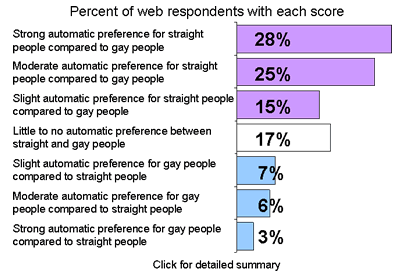Playing:
Professor Layton & the Diabolical Box (Nintendo DS)
Writing: Book One, Chapter 3, v.30.0
Drawing: Protagonist's profile image (hours wasted so far: over 10)
Watched:
Monk, Seasons 1-6; Deji E no Bunpou
I received a publication offer from the Seton Hall University Journal of Sports and Entertainment Law this morning, and quickly set off a slew of "expedited review" requests for the other law journals on my list. This would normally be a simple matter, if I had used Berkeley's Expresso submission system; however, with a fee of $2 per submission, and with me submitting the article to over 100 law journals, I decided to go it alone this time and do my submissions manually, by email. Unfortunately, this meant that I had to send the expedite requests one at a time. In all, it took about two-and-a-half hours to send them all.
My goal in writing the article in question was roughly three-fold. First, I'd been tipped off to the ASCAP competition and cash award. Seeing as being paid for my writing is my desired career path, I figured that would be right up my alley. Second, I was disappointed that, by my own oversight, I allowed my first article to be published in an online-only journal. (In the long run, I did end up with a print copy of the issue with my article in it, but that's another story.) The moment I realized my mistake--which, come to think of it, was about a year ago--I vowed to write another article that
would see itself print . . . literally. Third, it was a goal of mine in law school to publish an article that would appear as a search result in both Westlaw's and LexisNexis' law journal databases. The Denver SELJ isn't included in those databases--which, again, I didn't think to check up on until after I accepted the publication offer--so this subsequent article was my only remaining shot. Fortunately, the Seton JSEL is both a print journal, and one that is represented in both Westlaw and LexisNexis, so even if it's the only offer I receive, I'll still achieve the aforementioned goals.
The offer expires on Sept. 1, so if I don't hear back from any of the other journals before then, it looks like my second law article will find its home at the Seton Hall JSEL this fall.
*
I've managed to rework the first two chapters of Book One, but I realized last week that the third chapter will require some extensive reworking. I've learned that an optimal word-count-per-chapter for proper pacing is 1000-1500 words, a rule that I've confirmed with my own reading habits. (The rule can--and, in fact, should, I believe--be broken in the later, climatic chapters, but it rings especially true for the opening ones.) The first two chapters adhere loosely to these guidelines, but the third, in v.29.0, weighed in at 4600+. I didn't see a way to cut it down before, but on the latest reading, I could see how the necessary events and plot elements could be rearranged and condensed, so that what once required no less than three scenes could, potentially, be reduced to a single one.
Unfortunately, I haven't been able to make much headway in this rewrite, not because of writer's block, but because I've been wrestling with a different creative muse--namely: CG.
I've always wanted to become competent enough an artist to render some scenes from my novels--perhaps even provide book cover art, if the opportunity for such an edition might arise. (Truth be told, I've also entertained the notion of rendering some of those novels in manga form, but the amount of skill and technique I'd need to acquire before that could become even remotely possible would probably take too many years on top of those I'd hoped to spend honing my writing skills. Ultimately, I'd say my only hope for seeing any of my stories in full manga form would be in the form of a licensing agreement with an interested publisher and mangaka. But if it's possible, I'll see it done before the end.) I recently upgraded my Wacom tablet to an Intuos4, so I decided to dedicate the weekend--and, as it turned out, the first half of this week--to acclimating myself to my tools and rendering a test illustration using the various CG techniques I picked up from watching a series called Degi E no Bunpou, a J-TV series that looked at the CGing techniques of several well-known Japanese artists.
I'm still waiting for a recently purchased scanner to arrive, so in the interim I attempted to create an illustration purely on the computer, sketching it out with the tablet, inking it, and then coloring it with Photoshop. The sketching process was relatively painless, and the inking process, while not without its own set of beginner's mistakes and setbacks, was mostly completed by Sunday. However, the coloring process has proven to be a daunting task, on several levels. First, my inexperience with Photoshop really shows through my attempts to replicate some of the techniques featured on Degi E. Second, my limited background in drawing (some classes in elementary school, and an introductory course in my last undergraduate semester) means that I probably lack the proficiency necessary to produce the results I'm seeking, even if I had mastered Photoshop's full potential. The ultimately result is that the illustration (which is really nothing more than a portrait of Book One's main character, for use on his character profile sheet) has taken at least 10 (or, less conservatively, 15+) hours so far, with a significant learning curve still to come. I'm hoping to have it presentable in the next few days, but I'm going to be transitioning back to the Book One rewrites whether it's done or not.
Perhaps I'll post a thumbnail here when it's done. (Or not.)






